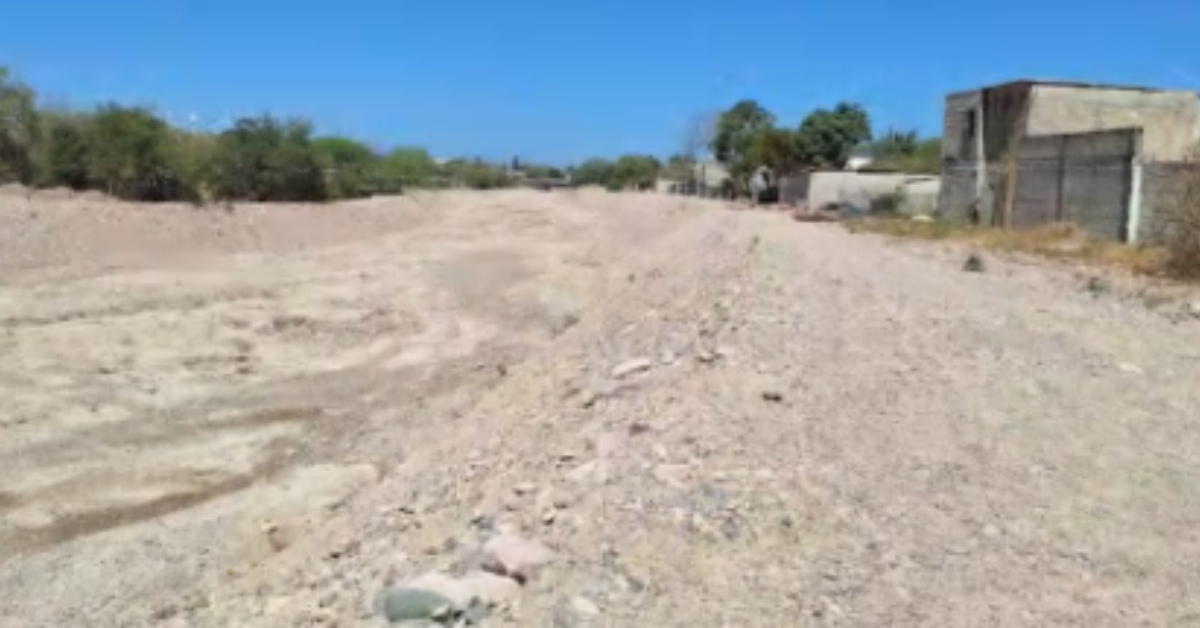Puerto Vallarta is facing a significant water crisis, with a reported deficit of 5 million cubic meters in the local aquifer that supplies the city's water needs. The imbalance between water extraction and natural replenishment has raised alarms among residents, local authorities, and environmental experts.






